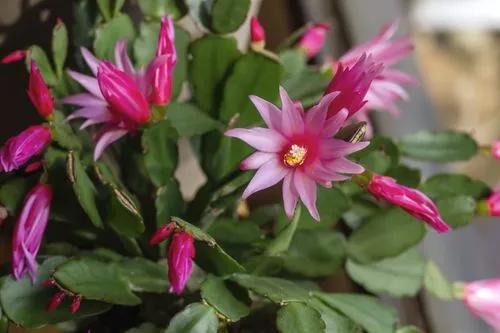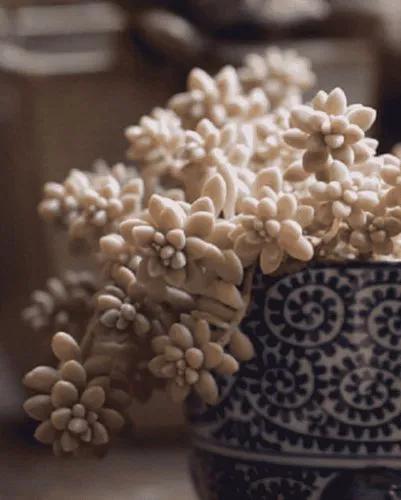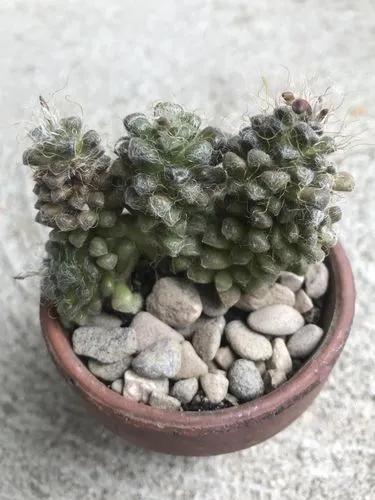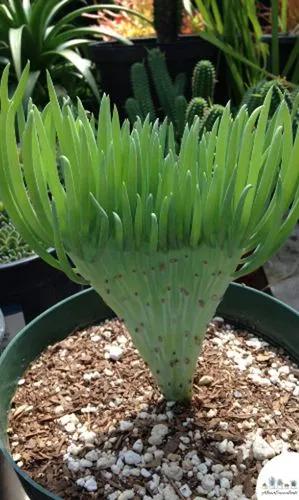A hardy and easy-to-care evergreen succulent that will dazzle you with both its silvery leaves and beautiful numerous flower spikes. It won’t even notice if you forget to water it from time to time.
Chalk dudleya Care
Dudleya pulverulenta



Also known as Chalk Liveforever and Chalk Lettuce, this succulent plant gets its name from being coated with chalky wax. A native of Southern North America and Northern Mexico, it’s evergreen but not known for its longevity, as it usually only lives up to 3 years when cultivated.
It grows in rosettes, with pale green silvery shaded spoon-shaped leaves. It flourishes around spring, usually from May to July, and bears many pendulum-like flowers that range from white and pale green to pinkish and red petals arranged in flower spikes. This undemanding plant is also virtually disease free.
How to Care for the Plant

Water

It enjoys very low moisture. During the summer, it becomes partially dormant, so it must only be watered once a month to be drought-stressed. This is done to mimic their natural state, but this could be overlooked in indoor gardens.

Pruning

It may reach up to 4 feet (1.2 m) in the wild, but in containers usually doesn’t grow more than 24 inches (60 cm), so pruning should only be done to remove spent stalks.

Fertilizer

There are no specific needs for fertilizing this succulent.

Sunlight

Chalk Dudleya prefers full sun to partial shade.

Soil

Chalk Dudleya requires rocky soils, preferably shallow.

Propagation

Propagation can be done by root and leaves in spring, as well as by seed, although it is very difficult. It usually recolonizes and propagates on its own.

Temperature

It can tolerate high temperatures due to its chalk coating that reflects sunlight and gains cold tolerance when mature. Still, make sure the temperature doesn’t drop below 20° F (-6 ºC).

Container

The container must have drainage holes. Also, this succulent should be planted at a 45-90 degree angle to not fill with water and die.

Fun fact

Don’t let it fool you, and don’t throw it away, as it will look dead when it becomes partially dormant, except for a couple of green leaves in the center of the rosette.

Popularity

346 people already have this plant 59 people have added this plant to their wishlists
Discover more plants with the list below
Popular articles






